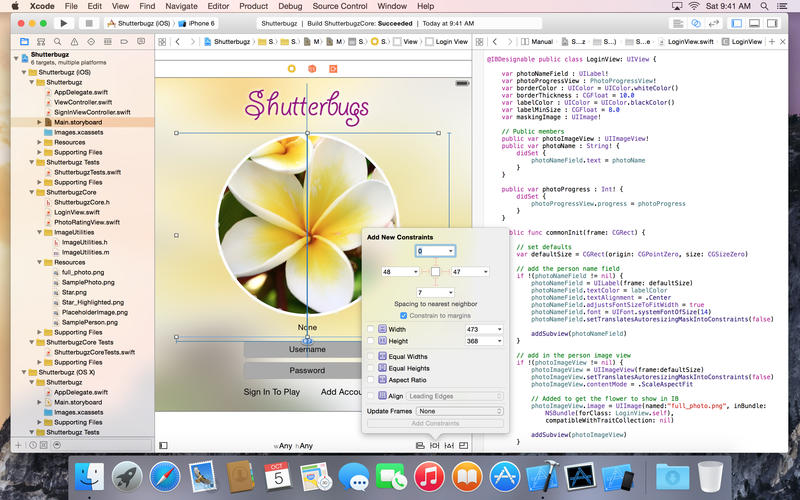
- #HOW TO INSTALL XQUARTZ ON MAC USING HOMEBREW HOW TO#
- #HOW TO INSTALL XQUARTZ ON MAC USING HOMEBREW INSTALL#
- #HOW TO INSTALL XQUARTZ ON MAC USING HOMEBREW UPDATE#
cpanm then reported Image::Magick to already be installed.
#HOW TO INSTALL XQUARTZ ON MAC USING HOMEBREW INSTALL#
This will install the dependencies for flutter and asdf which we will use to install the runtimes. Following this reply, I simply uninstalled mono (which brew doctor had been complaining about), un- and reinstalled brew imagemagick. This could take a while depending on your download speed. Okay, open Terminal and type the following command. I will recommend you to use Homebrew if you are a developer and use Mac for dev work. You should also install xcode via the mac app store. Installing applications and packages using Homebrew on Mac is super easy.
#HOW TO INSTALL XQUARTZ ON MAC USING HOMEBREW HOW TO#
If you don't have asdf installed already, you can follow my tutorial on how to install asdf You need to make sure you have homebrew installed and also asdf to manage runtime dependencies. Until a complete homebrew approach is released, I think this is a decent step by step approach. Moreover, we know where everything belongs and how to upgrade or uninstall if necessary. In Terminal run the following command to install PostgreSQL on Mac.
#HOW TO INSTALL XQUARTZ ON MAC USING HOMEBREW UPDATE#
brew update Alright, time to install PostgreSQL on Mac. brew -v To update run the following command.


Uninstallation 1 For 32-bit or PPC support see Tigerbrew. brew) installed on your machine you can run the following command in the Terminal to check the version. in automation scripts), prepend NONINTERACTIVE1 to the installation command. This is particularly valuable if you use different machines, or have team members in different locations. If you want a non-interactive run of the Homebrew installer that doesn’t prompt for passwords (e.g.

I came across too many issues, and it took a lot of stackoverflow and google searches to overcome.īy using a package manager to install dependencies and runtimes, we can share the exact same setup in different environments and automate the install and escape the above issues. I became particularly frustrated when trying to setup flutter on macOS Mojave and macOS Catalina. Brew allows us to easily install command-line tools with a simple command. The official way to install the flutter and its dependencies is a mishmash of brew install, binary downloads alongside relying on system installed versions of ruby. In this video, well be learning how to use the Homebrew Package Manager on MacOS.


 0 kommentar(er)
0 kommentar(er)
